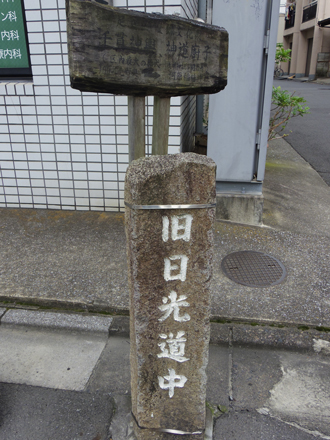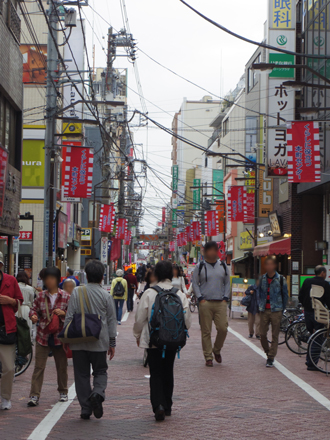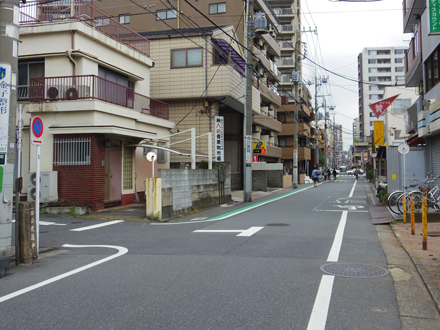Old Nikko Road
| Name of facility | Old Nikko Road |
| Overview | It is reported that Senju became a station village where horses were used for transportation in 1597 after Senju-Ohashi bridge was built in 1594. When the Edo Shogunate issued the Nikkosan Construction Law in 1624 and began to build Nikko Road, which connected Edo and Nikko, Senju-juku or post station was improved in 1625. Senju-juku was originally located at the area from Senju 1-chome to 5-chome, but with big increase in traffic volume, three other towns (*) were added to Senju post station in 1658 and two more towns (**) across Senju-ohashi bridge also joined in 1660. There were Tonyaba that handled office work and Kanme-Aratamejo that checked the weight of loads in Senju 1-chome. Senju-juku was the first post station of 23 stations along Nikko Road, and became a major transportation hub from Edo to Kita-Kanto and Tohoku. In addition, it prospered as a logistics base, such as Senju Vegetables Market “Yatchaba”, one of the three major Edo Vegetables Markets, so you can still see what it used to be. (*Kamonjuku-current Senju-Nakacho, Senju-Kawaracho and Senju-Hashidocho) (**Kodukaharamachi and Nakamuramachi-current Minami-Senju in Arakawa-ku) |
| Address | Senju-Hashidocho, Adachi ~ Senju 5-chome, Adachi |
| Access | Kita-Senju Station (West Exit) Senju-ohashi Station of Keisei Main Line |
| Map | Google map |



Recommended spots











